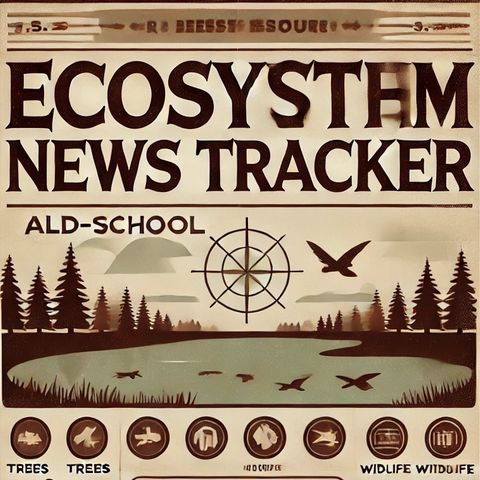"Sustainable Trail Design: Balancing Managerial, Resource, Social, and Economic Factors for Long-Term Success"

Sign up for free
Listen to this episode and many more. Enjoy the best podcasts on Spreaker!
Download and listen anywhere
Download your favorite episodes and enjoy them, wherever you are! Sign up or log in now to access offline listening.
"Sustainable Trail Design: Balancing Managerial, Resource, Social, and Economic Factors for Long-Term Success"
This is an automatically generated transcript. Please note that complete accuracy is not guaranteed.
Description
Creating and maintaining a sustainable recreational trail involves understanding and integrating four interconnected elements: managerial sustainability, resource sustainability, social sustainability, and economic sustainability. Each element plays a crucial role in...
show moreManagerial sustainability is pivotal for the long-term success of any trail. Effective management involves planning, implementing, and monitoring best practices that consider the trail's ecological and social impact. This includes securing funding, recruiting volunteers for maintenance, and engaging local communities in stewardship activities. Good management ensures that trails are safe, well-maintained, and capable of handling usage demands.
Resource sustainability focuses on the natural environment surrounding the trail. This element is about preserving the ecosystems and wildlife that exist in tandem with human recreation. Implementing erosion control measures, managing vegetation, and protecting water quality are essential practices. Utilizing sustainable materials in trail construction and ensuring minimal disruption to natural habitats also play a significant role in resource sustainability.
Social sustainability emphasizes the relationship between the trail and its users. A trail that meets diverse user needs, provides educational opportunities, and fosters community engagement improves the social aspect of sustainability. This involves creating inclusive spaces that are accessible to people of all abilities and backgrounds, promoting trail etiquette among users, and encouraging participation in conservation efforts.
Economic sustainability ensures that maintaining a trail is financially viable over the long term. This includes not only the initial funding for trail construction but also the ongoing costs associated with upkeep and improvement. Trails that generate economic benefits for local communities, such as increased tourism and job creation, can often find stronger support and funding. Leveraging public-private partnerships, grants, and community fundraisers can also contribute to the trail’s economic sustainability.
In conclusion, a sustainable trail is one where managerial, resource, social, and economic considerations are effectively balanced. By addressing these four interconnected elements, stakeholders can create recreational spaces that are enjoyable for current users and preserved for future ones.
Information
| Author | QP-4 |
| Organization | William Corbin |
| Website | - |
| Tags |
Copyright 2024 - Spreaker Inc. an iHeartMedia Company
